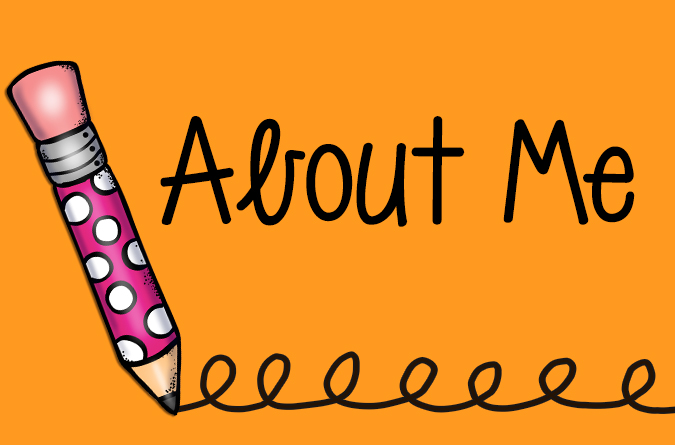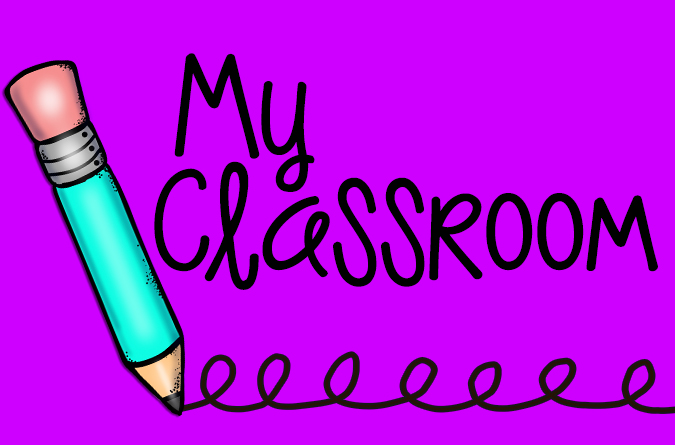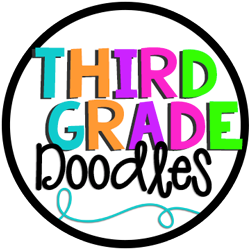There is a lot of discussion in my school district around small group instruction. We keep hearing that best practice includes "a variety of grouping strategies". As a teacher, I would sometimes get confused about the different types of "reading groups" and when to use each type, so I thought I'd post about it today, and hopefully clear up some of the confusion!
DIFFERENT TYPES OF GROUPS
So, what types of small groups would one expect to see in an elementary classroom? Here are some great ways to group students:
- Guided Reading Groups
- Reading Strategy Groups
- Writing Strategy Groups
- Interest-based Groups
- Book Clubs
- Partnerships
You have probably used all of these types of groups in your classroom and they each have their own benefit. Interest-based groups, book clubs and partnerships are fairly self-explanatory and should be used regularly in your classroom to inspire great conversations around books and other classroom learning.
GUIDED READING OR STRATEGY GROUPS?
So what about guided reading....and what the heck are strategy groups?? Aren't they the SAME THING? Well...not really. Let me explain.
Guided reading is just that...reading that is done with a small group of students under the watchful eye of the teacher. Students in the group are at roughly the same reading level, and will be reading the SAME leveled book, that was carefully chosen by the teacher based upon her planned teaching points. The teacher often prompts students as they read, helping them to use the three cuing systems (meaning, syntax & visual cues). But over the years guided reading has grown in to a very strategic way to teach a variety of skills to emergent and early readers, and is not only a way of guiding readers but also a way to differentiate reading instruction so all students can be successful. Guided reading often includes reading with prompting AND direct teaching of reading skills including decoding, fluency, vocabulary and comprehension. Most teachers find that guided reading lessons usually take about 20 minutes. Jan Richardson wrote a whole book about how to rock out guided reading with your students:
I highly recommend this book if you want to get really, really good at guided reading! If you have the book and would like some reference cards to simplify your life, I created these:
You can get the whole set at my TPT store!
So what about strategy groups? Why do I need strategy groups if I am already doing guided reading with my students every day?
The first time I heard about strategy groups, it was from the Two Sisters (you know Gail Boushey and Joan Moser). I read their book The Cafe Book: Engaging All Students in Daily Literacy Assessment & Instruction, and was blown away by the idea of reading strategy groups.

A strategy group is basically a reading conference...but with a small group of students instead of just one. Mind-blowing, I know!! It is different from guided reading because your students will all have a different book (one of the just-right books from their book box), and you will be teaching them one very specific strategy. You teach and model, then students practice the strategy with you in their own book, one at a time. A good strategy group lesson should only take about 5-10 minutes. You can see the amazing Jennifer Serravallo teach a strategy group here:
A strategy group is basically a reading conference...but with a small group of students instead of just one. Mind-blowing, I know!! It is different from guided reading because your students will all have a different book (one of the just-right books from their book box), and you will be teaching them one very specific strategy. You teach and model, then students practice the strategy with you in their own book, one at a time. A good strategy group lesson should only take about 5-10 minutes. You can see the amazing Jennifer Serravallo teach a strategy group here:
WHICH ONE SHOULD I USE WITH MY STUDENTS?
So the conversation we have been having in our district is when to use guided reading and when to use strategy groups! The answer is not really simple, but let's take a stab at it!
Guided reading is an way of packing the direct instruction of many skills into one compact, 20 minute lesson. Emergent (Levels A-C, and Early Readers (Levels D-I) HAVE A LOT TO LEARN ABOUT READING!! They especially need to learn decoding skills.....phonemic awareness, phonics, spelling patterns, etc. Guided reading is THE BEST way to differentiate this learning for these readers.
Transitional readers (Level J-P) are much better at decoding and need a strong focus on comprehension strategy instruction. But.....they are still learning to decode longer unfamiliar words. So, they may still need guided reading, but the lessons will be much more focused on comprehension than decoding. Strategy groups could also be a great way to address the needs of transitional readers, because they will focus on one, very specific, strategy that the students need at that moment to move forward with their independent reading. It might be a decoding strategy, a fluency strategy or a comprehension strategy. Since strategy groups are shorter, you can do them more often, which is AWESOME! So, they are at a tricky level, where you might have to decide which type of group is best for them based upon what they need most.
If you have fluent readers (Levels Q and beyond), you should really be using strategy groups and not guided reading. They are really beginning to spread their reading wings and need comprehension and vocabulary strategies to help them to comprehend the much more complex texts they are reading. This is best addressed through short, very focused, strategy groups.
Here is a quick chart to see the difference between Guided Reading and Strategy Groups:
I wrote a whole blog post about guided reading: Guided Reading Made Simple.
Also, here are some resources I created to help you with guided reading. I hope you find them helpful:
Hope you found this post helpful...thanks for stopping by. Please feel free to start a conversation in the comments below!
Love and peace,































No comments
Note: Only a member of this blog may post a comment.